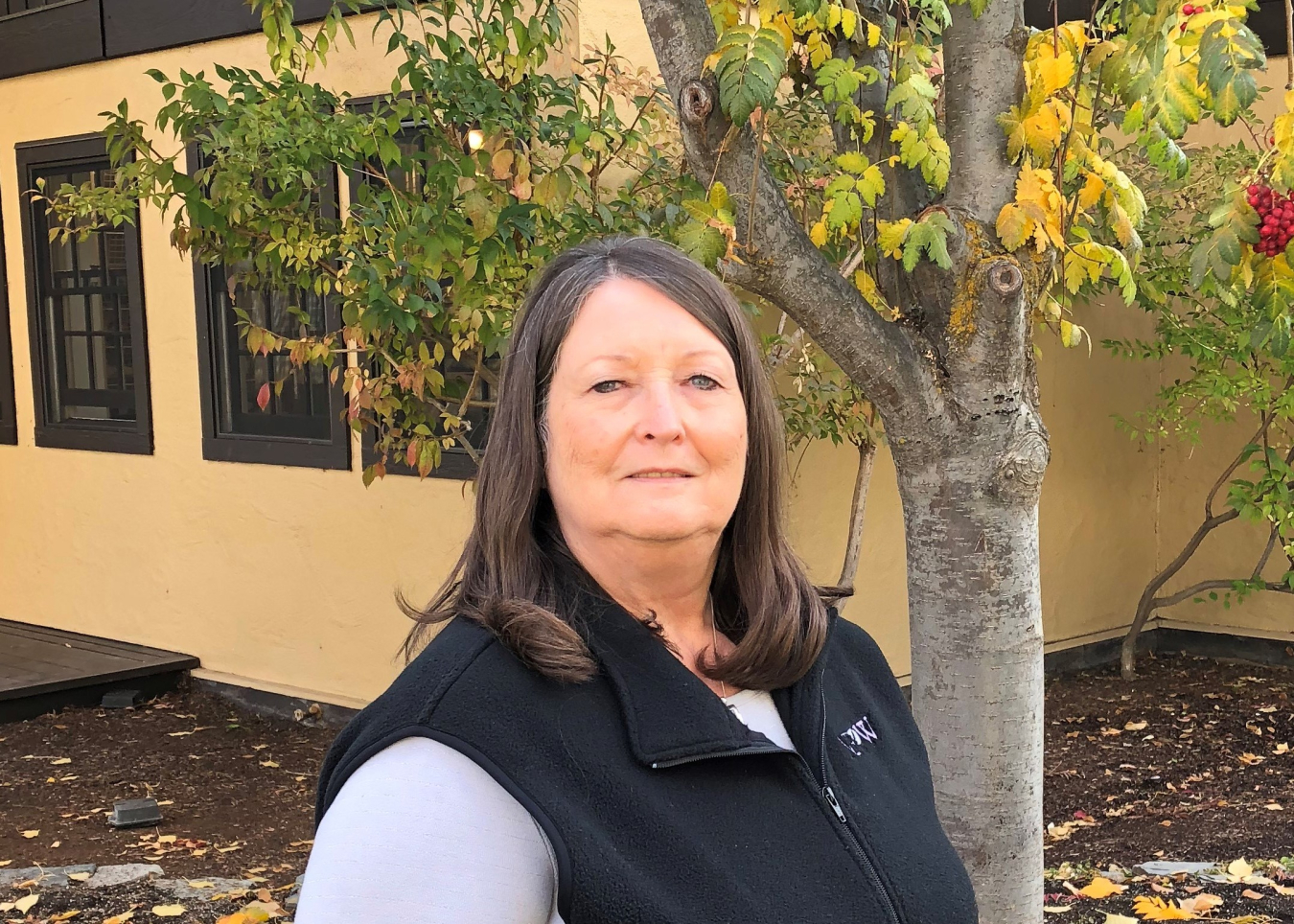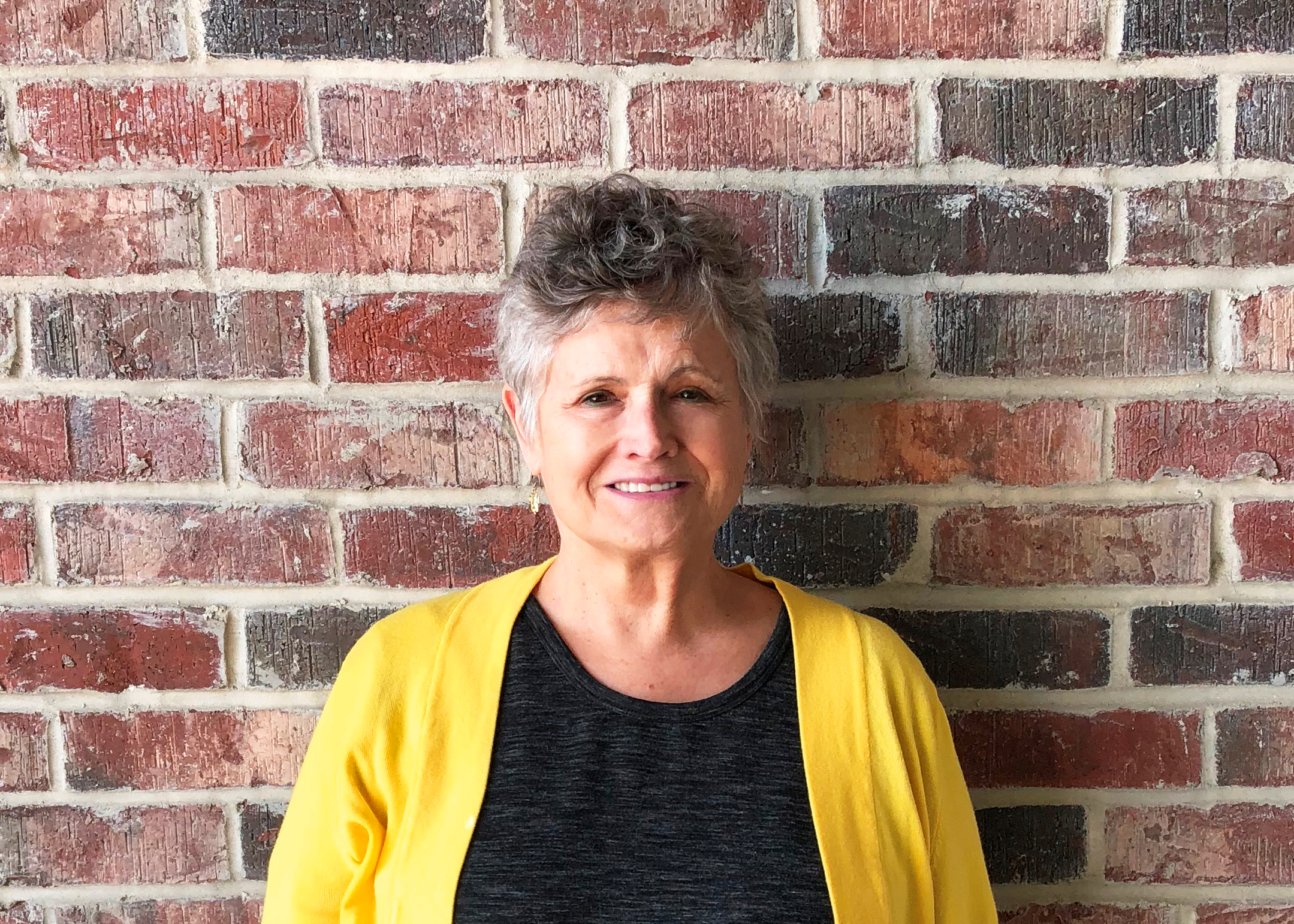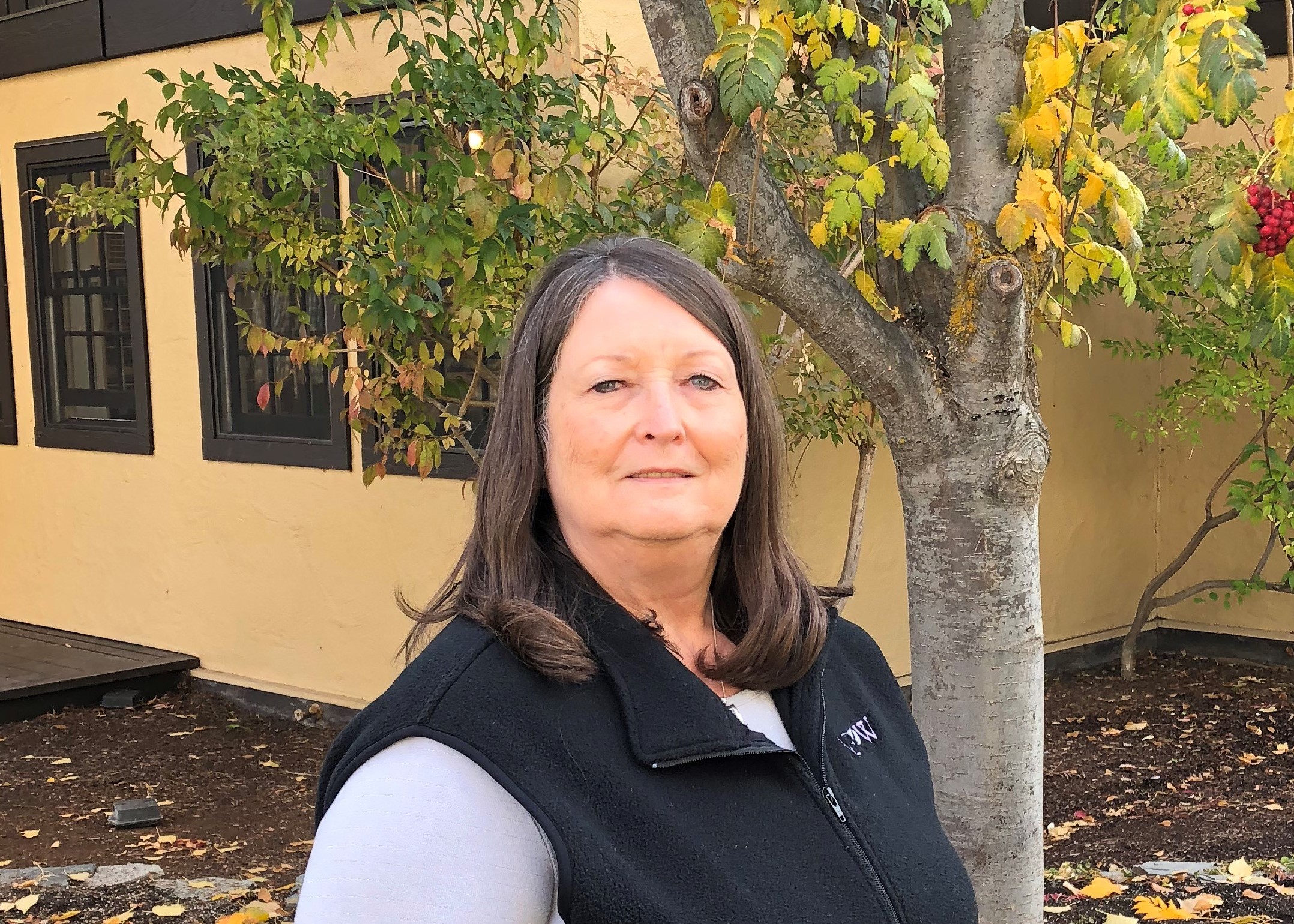CAB members Jackie Agenbroad and Teri Ehresman recount former U.S. Congressman and Nuclear Waste Negotiator, Richard Stallings' April presentation.
Idaho Cleanup Project Citizens Advisory Board
June 6, 2019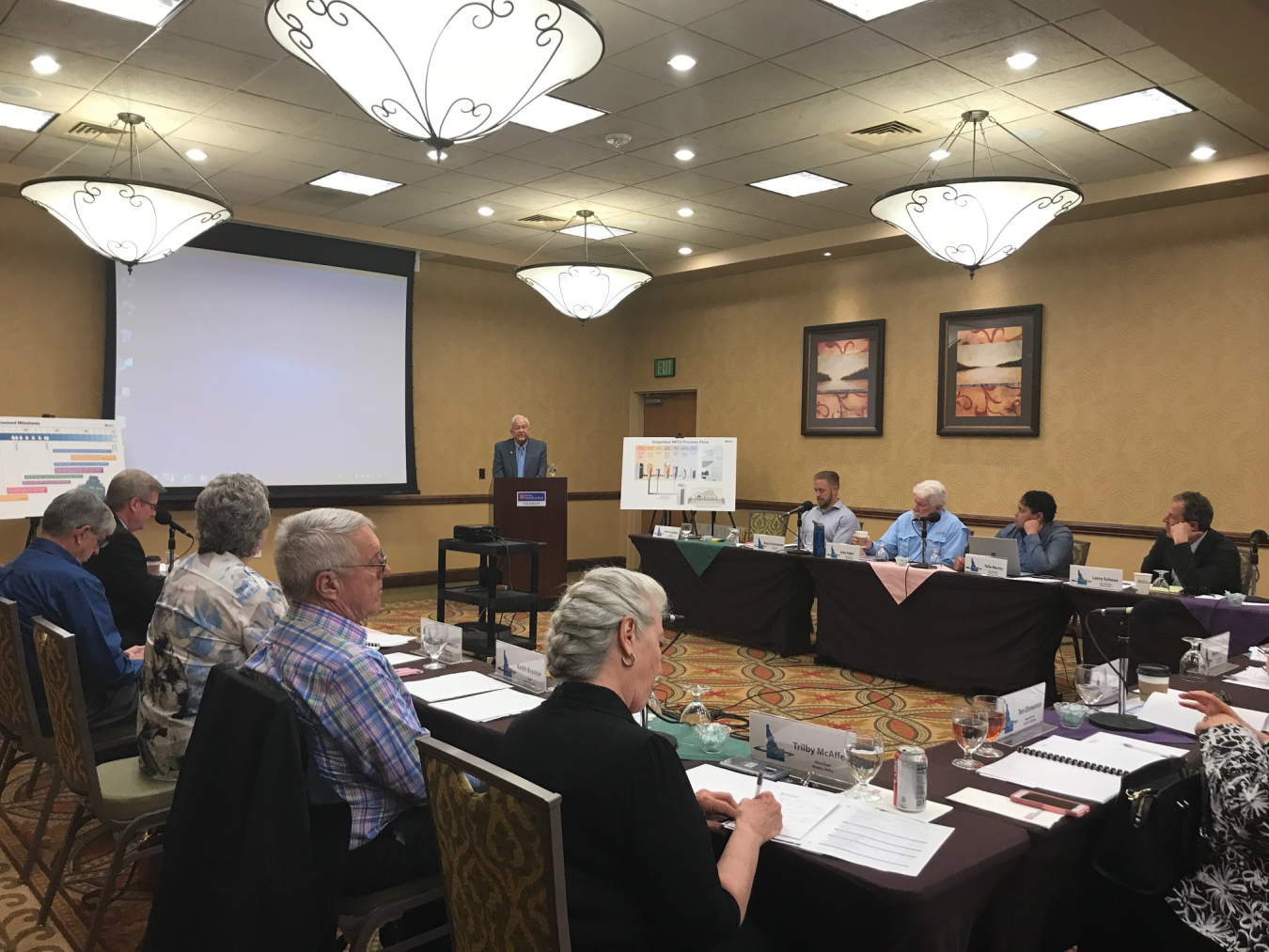
Nearly 25 years after he was tasked to help solve nuclear waste issues in the United States, former U.S. Congressman Richard Stallings, D-Idaho, still feels the Monitored Retrieval Storage option is the best solution for that issue.
Stallings, appointed by former President Bill Clinton, served as national Nuclear Waste Negotiator from 1993 to 1995. As an invited speaker at the April 25 public meeting of the ICP CAB in Twin Falls, he shared his experiences and the history of looking for a repository for commercial waste.
In the 1990s, the U.S. had over 100 commercial reactors and Stallings’ task was to solve the waste issue created in 1977 when then President Jimmy Carter banned the reprocessing (recycling) of commercial reactor spent nuclear fuel and encouraged other nations to follow. Most other countries continue to recycle the spent nuclear fuel and reuse recovered elements as fuel. Since then, commercial reactor operators in the U.S. have been storing the fuel on-site while waiting for a disposal site to be selected and opened.
Stallings said his job was to approach states and Indian tribes looking for options to store the waste. His research and efforts led him to believe the best solution is the Monitored Retrieval Storage option, in four different regions (East, West, North and South) of the United States.
He said he approached governors about siting an MRS in their state with a 40-year license. At the end of the 40-years, the state could extend the license or ask the government to move it. The siting agreement would come with millions of dollars of funding to make the agreement worth their time. It would also create many jobs, such as those involved in the building of steel casks used to safely store the highly-radioactive spent fuel. Stallings said it would be a huge financial benefit for states willing to accept a storage site.
He said his plan found some success. The Western state he had in mind was Idaho. “I talked with (former governor) Cecil Andrus and he was willing to accept a limited amount under the terms, and I think it had great potential,” Stallings said. Once one state accepted the terms, he felt others were likely to follow. “I think the on-site storage, while not the best, is working.” Currently the reactors have on-site storage at their location. MRS sites would also allow for retrieval and reuse of the fuel, if recycling of the fuel is ever allowed in the United States again.
Unfortunately, Stallings said, when DOE learned of the MRS plans, “they cut my legs out from under me” and funding for his Nuclear Waste Negotiator office was eliminated in 1995.
In 2002, the president and Congress approved Yucca Mountain as the site for this repository, but in 2010 the project was shut down.
“I knew from the get-go that Yucca Mountain was not the answer,” Stallings explained. He feels it was a flawed option from the beginning even though the United States has spent over a billion dollars on the project. “It’s now a monument to stupidity,” Stallings said. Someday we may want to retrieve this spent fuel and use it. We can do that if we have the fuel stored in Monitored Retrieval Storage areas, he said.
Jackie Agenbroad
Ms. Agenbroad has spent her adult life in health care and is concerned about public health issues. She holds a Bachelor of Science in Nursing from Boise State University and obtained a Nurse Practitioner (NP) Certificate in Women’s Health from the University of California, Los Angeles. Now retired from nursing, Ms. Agenbroad is interested in environmental and public health issues. She currently resides in Boise, Idaho.
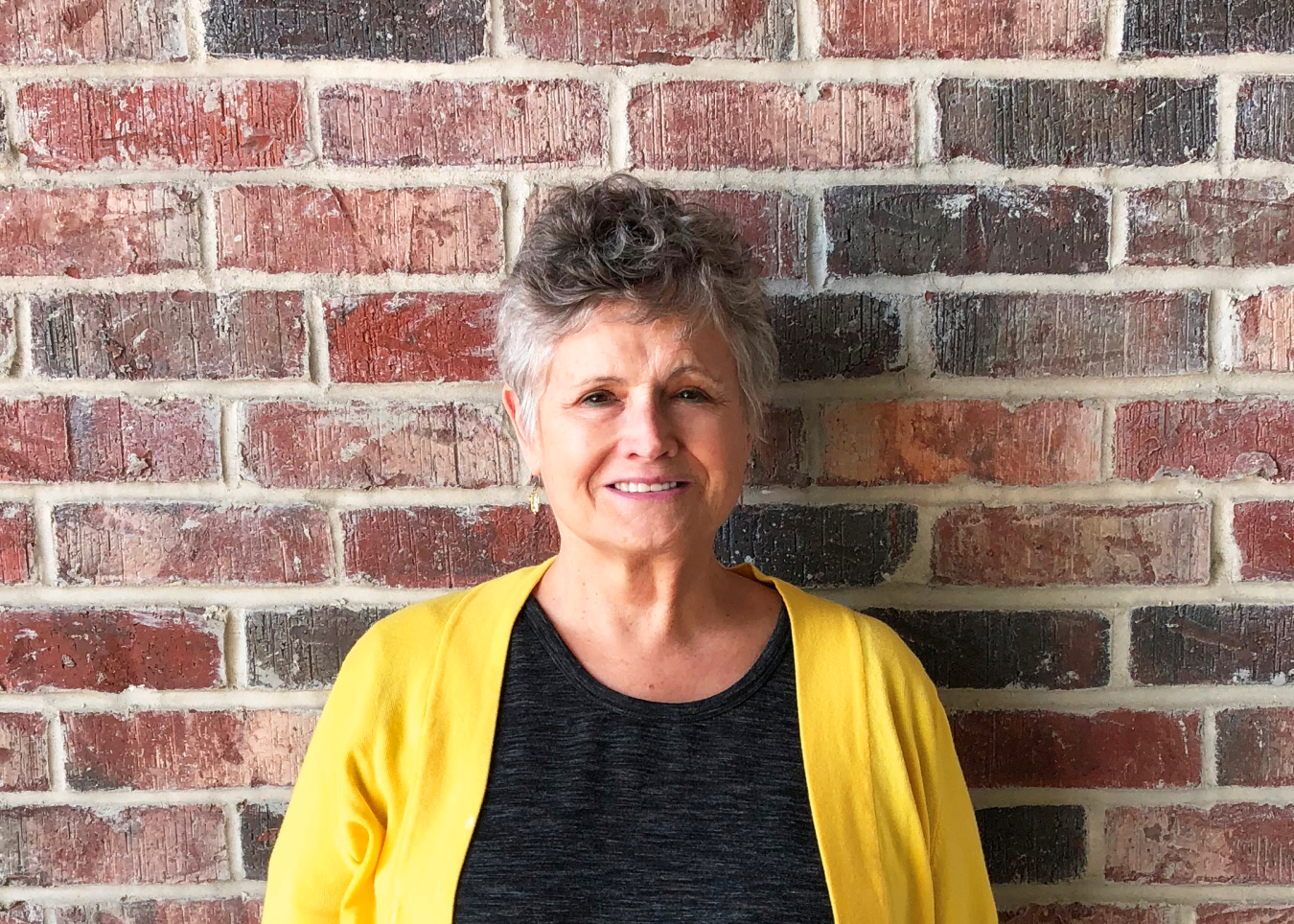
Teri Ehresman
Ms. Ehresman retired from a career in communications and public affairs in 2015. Prior to working for the Idaho National Laboratory for 25 years, she worked for 14 years as a reporter and editor at the Idaho Falls Post Register. She holds a Bachelor of Arts degree in Communications/Journalism from Brigham Young University in Provo, Utah. She has volunteered for the National Federation of Press Women and the Idaho National Laboratory Employees Association. Ms. Ehresman is interested in educational and environmental issues and resides in Island Park, Idaho.
